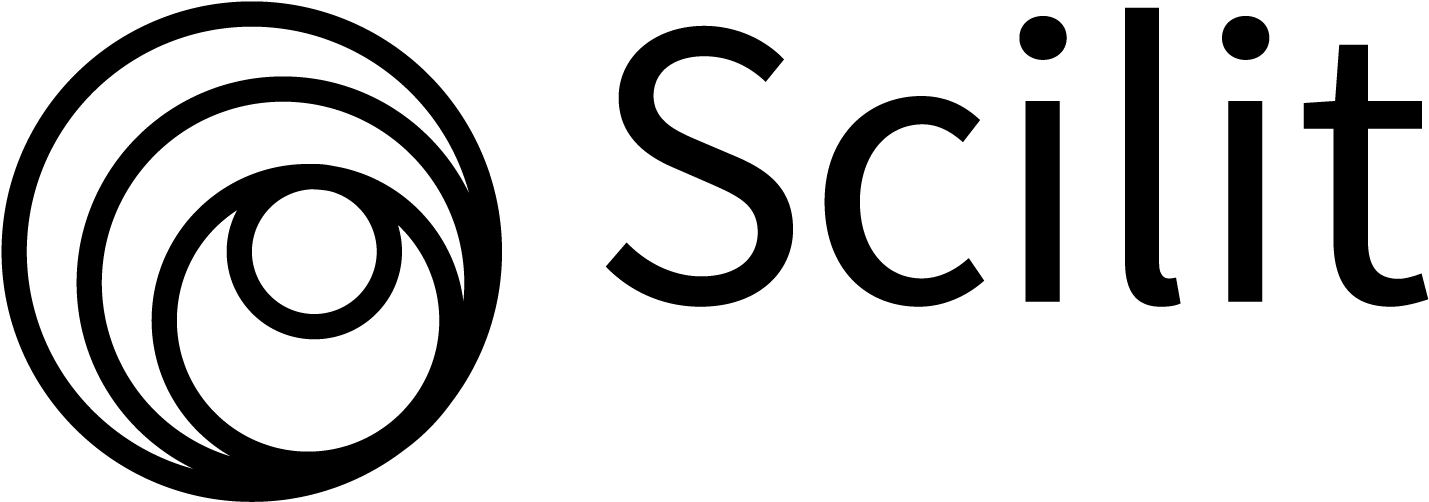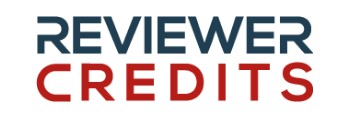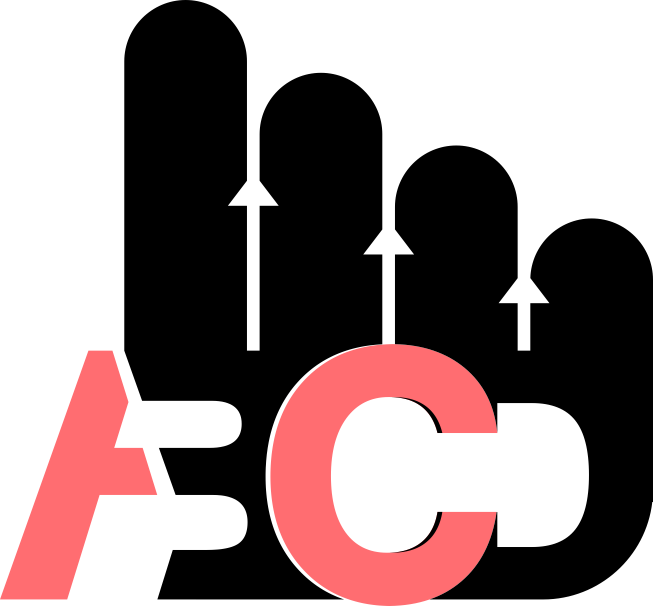The Influence of Central Corneal Thickness on The Intraocular Pressure as Measured by Different Tonometers: Non-Contact Tonometer and Goldmann Applanation Tonometer
DOI:
https://doi.org/10.56056/amj.2025.360Keywords:
Central corneal thickness, Goldmann applanation tonometry, Intraocular pressure, Non-contact tonometryAbstract
Background and objectives: Intraocular pressure plays a crucial role in maintaining vision and preventing eye disease. Beyond its importance in diagnosing and managing glaucoma, intraocular pressure measurements significantly impact the evaluation of postoperative outcomes, complications and optimize patient recovery. This study quantifies the influence of central corneal thickness on intraocular pressure using both Goldmann applanation tonometer and non-contact tonometer.
Methods: In a prospective clinical trial, the subjects were recruited from glaucoma unit at Shahid Dr. Aso Eye Hospital in Sulaimania city/Iraq between January and June 2023. Intraocular pressure measurements were conducted in a randomized sequence for both eyes using both Goldmann applanation tonometry and non-contact tonometry exploring the correlation between measured inter-tonometer discrepancies employing linear regression analysis with central corneal thickness.
Results: The study included 200 eyes of 100 consecutive patients diagnosed with either ocular hypertension or glaucoma. Mean age was 56.8 years, male (55%) and female (45%). Mean central corneal thickness was 533 ± 42 mm and mean intra ocular pressure were 14.9 ± 4.3 mm Hg, 19.3 ± 5.4 mm Hg for Goldmann applanation tonometry and non-contact tonometry, respectively. There is a statistically significant relationship between central corneal thickness and intraocular pressure by Goldmann applanation tonometry (r2 = 0.1, p 0.001) and non-contact tonometry (r2 = 0.17, p 0.001).
Conclusion: Both Goldmann applanation tonometry and non-contact tonometry are influenced by central corneal thickness. However, non-contact tonometry was significantly more sensitive to central corneal thickness variations compared to Goldmann applanation tonometry.
Downloads
References
Goldmann H, Schmidt T. Applanation tonometry. Ophthalmologica. 1957 Oct;134(4):221-42. doi: 10.1159/000303213/
Goldmann H, Schmidt T. Applanation tonometry. Ophthalmologica. 1961;141 :441- 56.
Kanski JJ. Clinical Ophthalmology: A Systematic Approach, Eidenburgh: Butterworth Heinemann, Elsevier Science limited.2020 ;9th edition: 27-29.
Quigley HA. Glaucoma. Lancet. 2011; 377: 1367-1377.
Whitacre MM, Stein R. Sources of error with use of Goldmann-type tonometers. Surv Ophthalmol. 1993; 38:1-30.
Doughty MJ, Zaman ML. Human corneal thickness and its impact on intraocular pressure measures: a review and meta-analysis approach. Surv Ophthalmol. 2000; 44: 367-408.
Hagishima M, Kamiya K., Fujimura F, Morita, Shoji N, Shimizu K. Effect of corneal astigmatism on intraocular pressure measurement using ocular response analyzer and Goldmann applanation tonometer. Graefes Arch Clin Exp Ophthalmol. 2010 Feb;248(2):257-62.
Whitacre MM, Stein RA, Hassanein K. The effect of corneal thickness on applanation tonometry. Am J. of Ophthalmol. 1993; 115:592-96.
Walia JS, Chronister CL. Possible iatrogenic transmission of Creutzfeldt-Jakob disease via tonometer tips: a review of the literature. Optometry. 2001; 72: 649-52.
Tonnu PA, Ho T, Sharma K, White E, Bunce C, Garway-Heath D. A comparison of four methods of tonometry: method agreement and interobserver variability. BJ Ophthalmology. 2005; 89:847-50.
Moseley M, Evans N, Fielder A. Comparison of a new non-contact tonometer with Goldmann applanation. Eye. 1989; 3: 332–37.
Wollensak G, Spoerl E, Seiler T. Stress-strain measurements of human and porcine corneas after riboflavin-ultraviolet-A-induced cross-linking. J Cataract Refract Surg. 2003 Sep;29(9):1780-5.
Downloads
Published
Issue
Section
License
Copyright (c) 2025 Yaseen Ahmed Ali, Tara Mahmood Hassan

This work is licensed under a Creative Commons Attribution-NonCommercial-ShareAlike 4.0 International License.
The copyright on any article published in AMJ (The Scientific Journal of Kurdistan Higher Council of Medical Specialties )is retained by the author(s) in agreement with the Creative Commons Attribution Non-Commercial ShareAlike License (CC BY-NC-SA 4.0)














